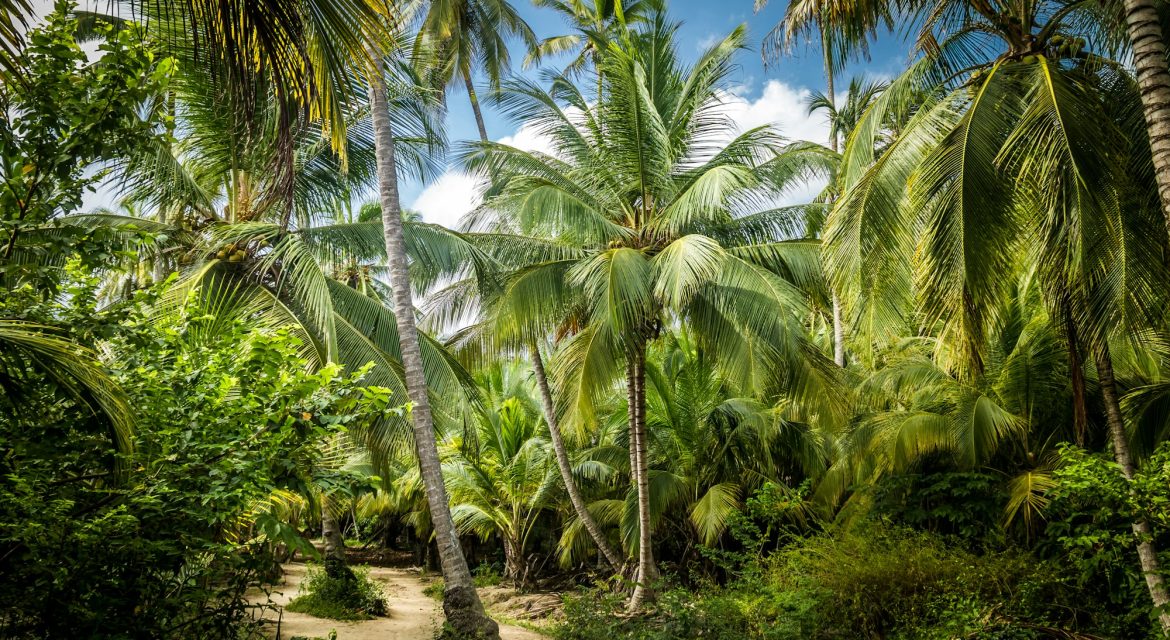Wild palm trees are those that grow the wild, usually in forests, jungles, and other natural settings.
These trees have adapted to their environment over time and are often resistant to diseases, meaning they can thrive without much human intervention. Wild palms tend to be taller than landscaping palms, with trunks that are thicker and more robust. They also tend to be more drought-resistant, making them well suited for hot and dry climates.
On the other hand, landscaping palms are trees that have been intentionally grown by humans in order to provide value or functional purposes. These trees are typically shorter and less robust than wild palms, but they can still thrive if given the proper care. Landscaping palms tend to be more susceptible to diseases, so they require more regular maintenance in order to stay healthy. They also do not do as well in hot and dry climates, making them better suited for humid and cooler environments.
Ultimately, wild palm trees are best suited for those who want a tree that is naturally adapted to its environment and can thrive without much intervention. Landscaping palms, however, are better for those who want a tree that is aesthetically pleasing and requires more maintenance in order to stay healthy.
No matter which type of palm you choose, they can both be an attractive addition to any landscape. With the right care and maintenance, either type of tree can provide years of beauty and functionality.





